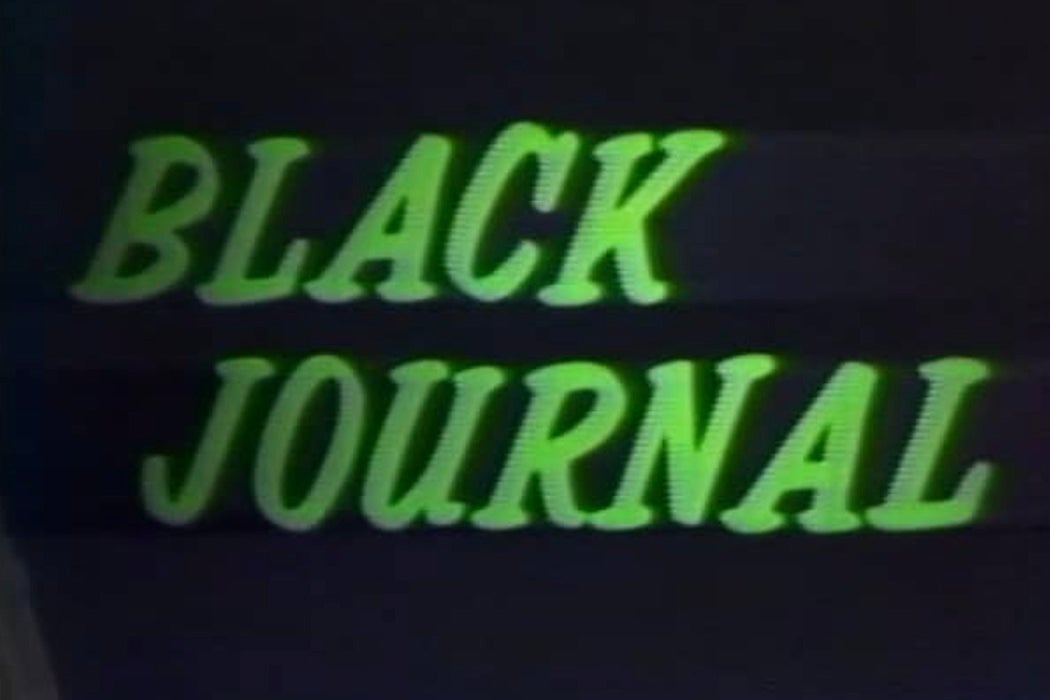In a 1970 op-ed for the New York Times, filmmaker William Greaves wrote, “From a Black producer’s point of view, it’s just plain silly to discuss programming for America without taking into account the social, historical realities that surround our society today.” The country, he argued, was being pulled under by the forces of racism, sexism, and militarism, and the images being broadcast every night weren’t helping. But it wasn’t the medium that was the problem, he argued. It was who controlled it.
By that time, Greaves was part of a new, liberatory kind of programming as the co-host and producer of the late-1960s Black public affairs program Black Journal. Now more people will see this groundbreaking program. The American Archive of Public Broadcasting announced in July that fifty-nine episodes of the historic and award-winning show will be available for streaming.
Black Journal and programs like it were a long time coming.
The summer of 1967 was one of unrest. Riots were erupting all over the country in response to the treatment of Black Americans. As researchers Keisha L. Bentley-Edwards, Malik Chaka Edwards, Cynthia Neal Spence, William A. Darity Jr., Darrick Hamilton, and Jasson Perez explain, “the typical uprising was triggered by the perception of police physical abuse and abuse of power.” Something needed to be done.
That year, the National Advisory Commission on Civil Disturbances, better known as the Kerner Commission, was formed to better understand current social and racial conditions. The opportunities that the country had long touted weren’t available to everyone, and it showed. It showed in the lack of political power, the lack of investment in Black communities, and in years of institutional racism.
Another of its findings was that the lack of Black representation in the media was leading to a profound ignorance of the complex issues affecting Black communities: “If the media are to report with understanding, wisdom and sympathy on the problems of the cities and the problems of the black man—for the two are increasingly intertwined—they must employ, promote and listen to Negro journalists.” And after the murder of Martin Luther King Jr. in 1968, the need for empathic, nuanced Black programming was more urgent than ever.
Weekly Newsletter
Black Journal, the first nationally televised public affairs program about Black America, soon premiered, with Greaves as co-host. As Noelle Griffis writes in Black Camera, “Giving voice to African American issues on television provided a first step toward a more democratic participation for black citizens.” The program, which ran through 1977, highlighted not just political issues, but also music, community initiatives, and stories from Africa and the African diaspora. At first, Griffis explains, Black Journal had a white executive producer, a move that prompted some crew members to walk out until there was Black control at the top level. Greaves was named executive producer the following year.
Shows like Black Journal were instrumental in reshaping the perceptions of Black Americans for white audiences, but they were also important for Black journalists, filmmakers, and artists, who now had the opportunity to tell their own stories. As Greaves wrote in his op-ed, “For the Black producer, television will be just another word for jazz. And jazz for the Afro-American has been a means of liberating the human spirit.”







